Peter Jackson broke all kinds of new ground with The Lord of the Rings trilogy, changing the way blockbuster franchises were made and proving that fantasy epics could connect with modern audiences with a strong enough story and cast of characters. Unfortunately, his attempts to expand that universe with a prequel trilogy based on The Hobbit went about as well as another well-known prequel trilogy.
There’s a lot to enjoy in The Hobbit trilogy – they’re obviously not badly made movies – but it made a lot of mistakes that prevented it from coming anywhere near matching the greatness of its predecessor.
10 Right: Fun Tone
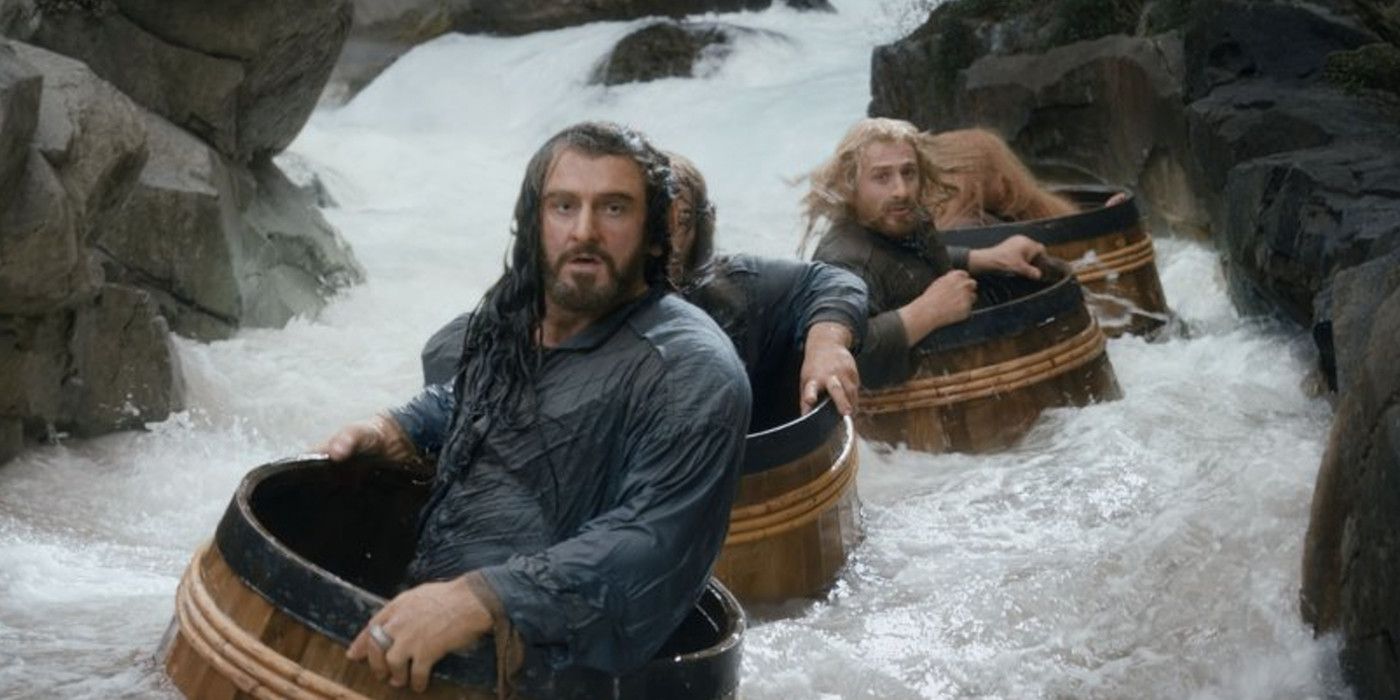
At times, The Lord of the Rings movies could get really heavy and dreary, which is fine, but they’re big-budget blockbusters and dreariness doesn’t exactly make for a riotous night at the movies.
By contrast, The Hobbit trilogy’s tone is a lot more fun. Set pieces like the barrel escape are a joy to watch and ensured that the movies were plenty entertaining.
9 Wrong: Stretching The Book Across Three Movies
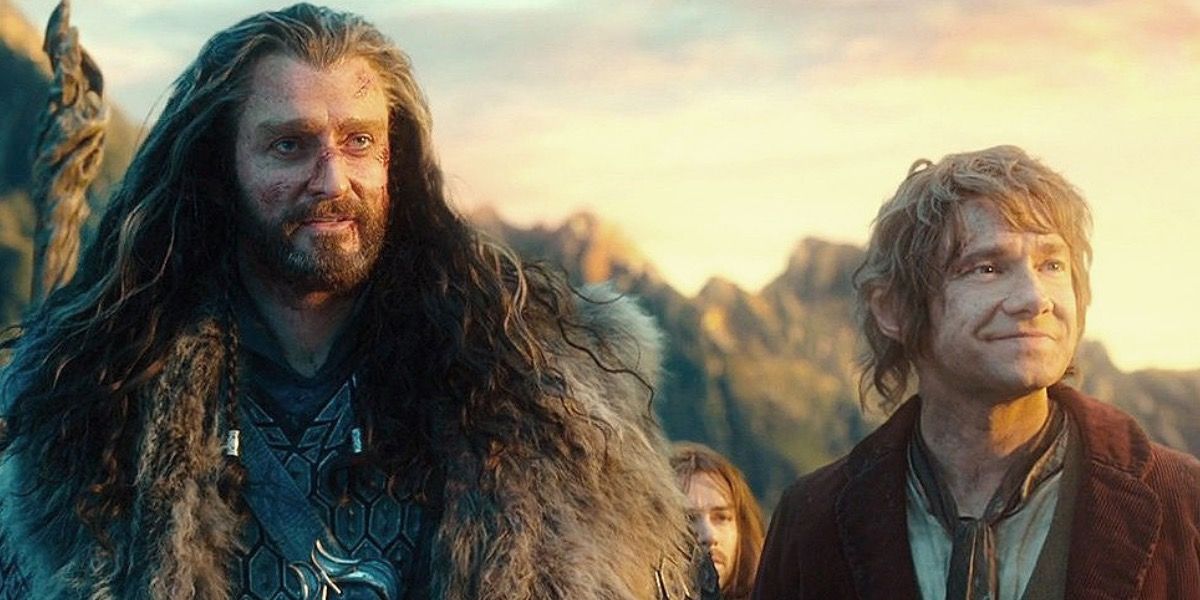
It made sense to adapt The Lord of the Rings as a trilogy, because it’s a true epic told in three parts with a gargantuan scope and the story is so densely packed with material that even an 11-hour trilogy could only include the very best stuff.
But it didn’t make sense to adapt The Hobbit as a trilogy, because it’s razor-thin in comparison to The Lord of the Rings. It’s essentially a children’s book. It could’ve been adapted into one movie (or two, as was the original plan).
8 Right: Benedict Cumberbatch’s Motion-Capture Performance As Smaug
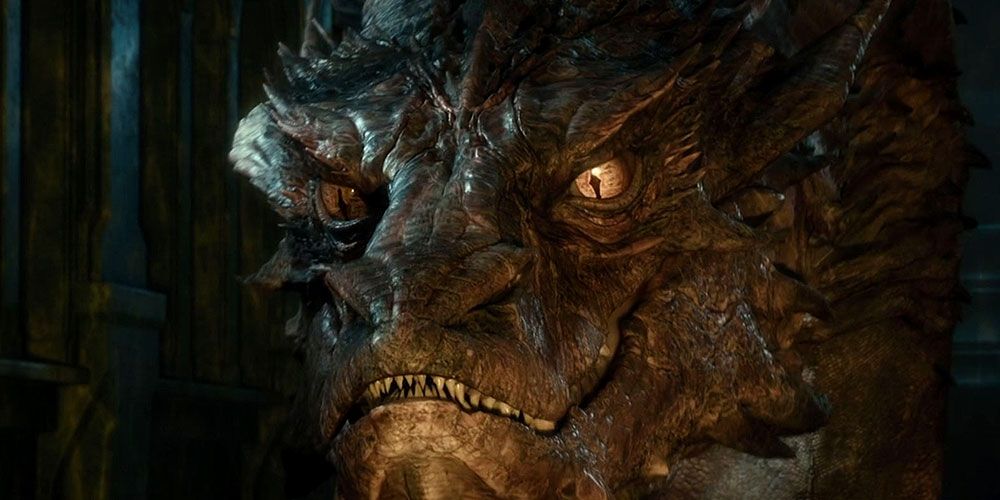
Despite his busy schedule, Benedict Cumberbatch didn’t phone in his performance as the dragon Smaug in The Hobbit trilogy. He could’ve just shown up and recorded his lines during a Sherlock lunch break, but he did all the performance-capture for the role, too.
Based on all the behind-the-scenes footage, Cumberbatch had a lot of fun writhing around in a motion-capture suit and pretending to be a dragon, and that fun translated into the movies.
7 Wrong: Forcing Connections To The Lord Of The Rings
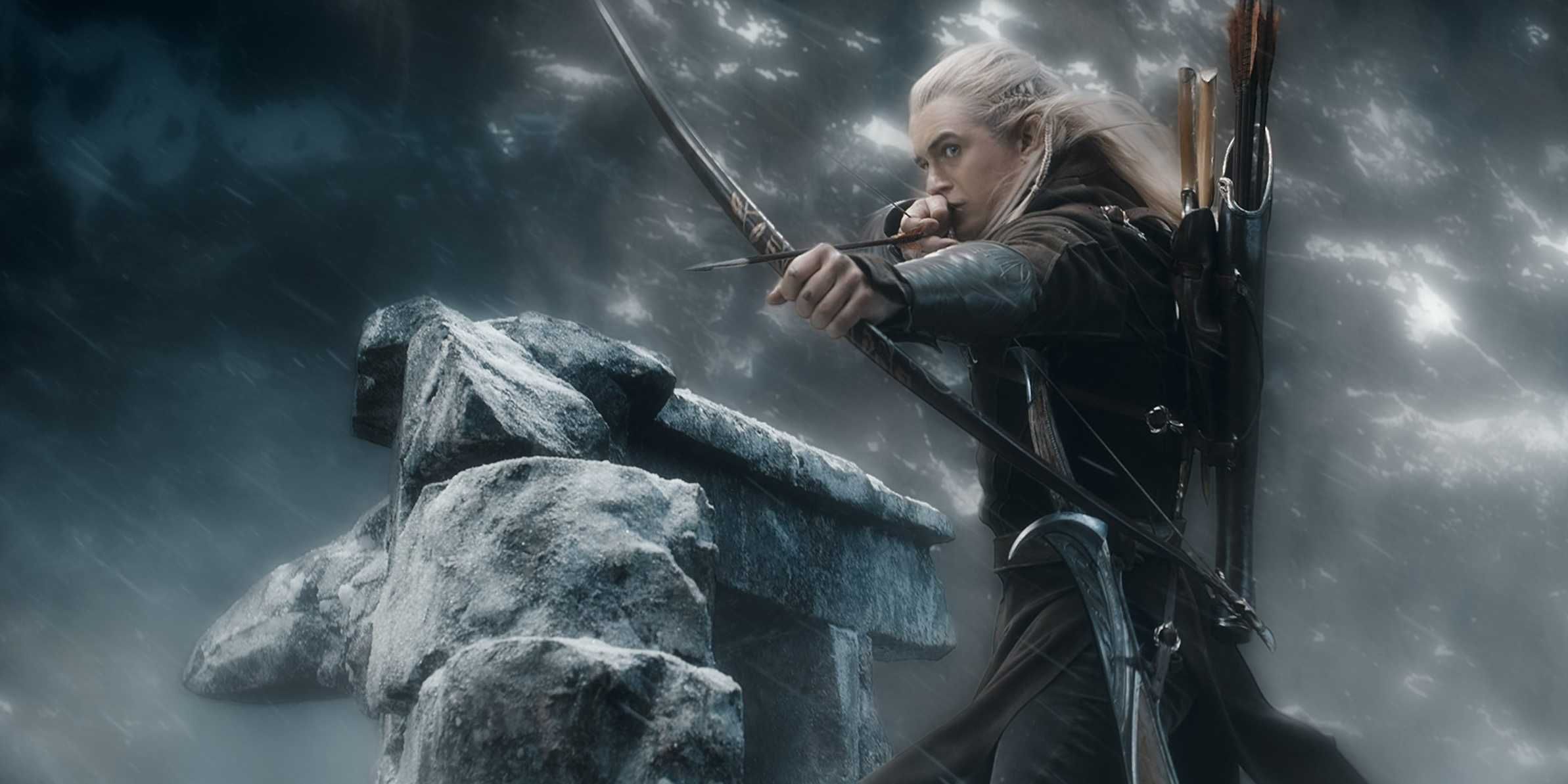
Although it takes place before the events of The Lord of the Rings, The Hobbit isn’t as much of a steadfast prequel as its movie adaptations made out. The book simply tells the story of how Bilbo Baggins joined some dwarves to slay a dragon and found the One Ring along the way.
But since Peter Jackson had to pad out the story to accommodate three really long movies per the studio’s request, he forced a bunch of connections to The Lord of the Rings for fan service, like featuring an older-looking (but technically younger) Legolas in a bunch of battle sequences.
6 Right: State-Of-The-Art VFX
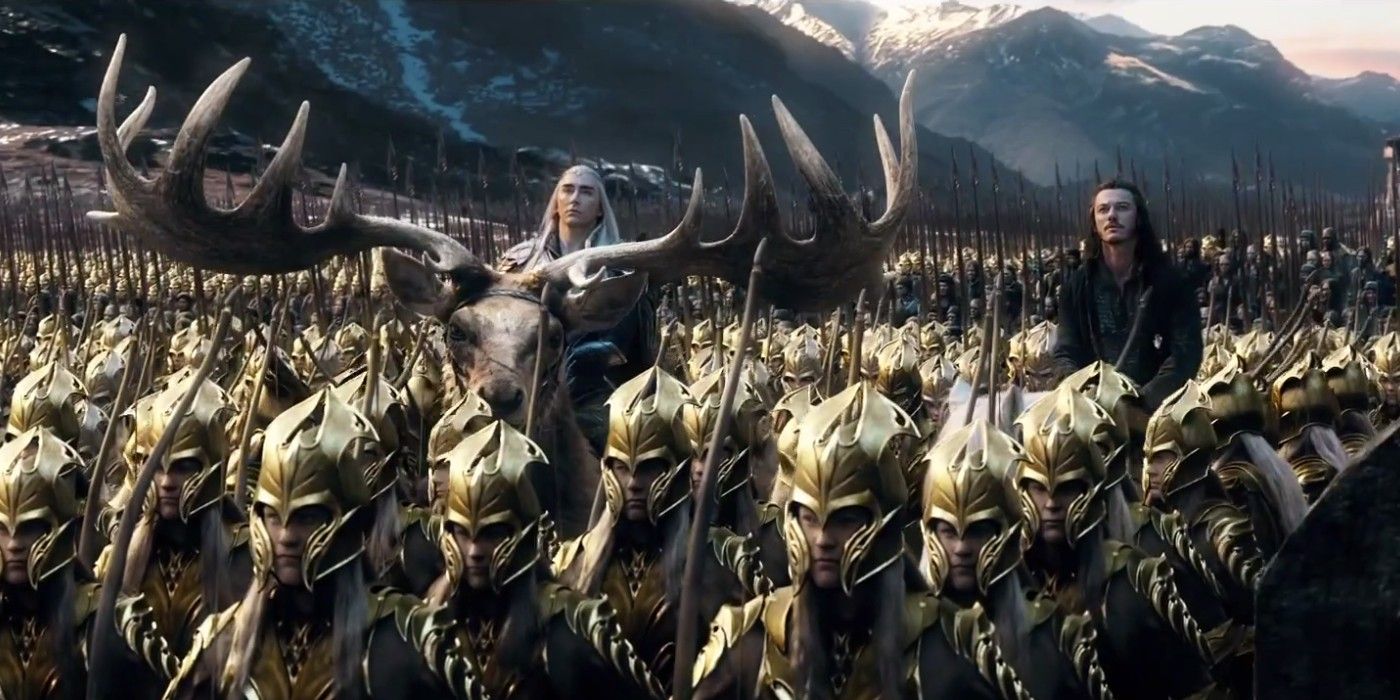
The CGI effects in The Hobbit trilogy are top-of-the-range, state-of-the-art effects courtesy of Weta Digital. The company’s VFX artists clearly relished their return to Middle-earth, because the realm really comes to life in this trilogy.
While audiences coming back for a new Hobbit movie every year between 2012 and 2014 couldn’t expect much in the script department, the visual effects were always dazzling.
5 Wrong: Superfluous Action

In order to stretch the thin plot of The Hobbit across three epic movies, Peter Jackson had to throw in a lot of superfluous action scenes.
For example, the scene with the stone giants only takes up a couple of lines in the book, but Jackson dragged it out to a 20-minute set piece. And since this is such an insignificant scene with no real consequences for the protagonists, it’s hard to care what happens.
4 Right: The Desolation Of Smaug’s Cliffhanger Ending
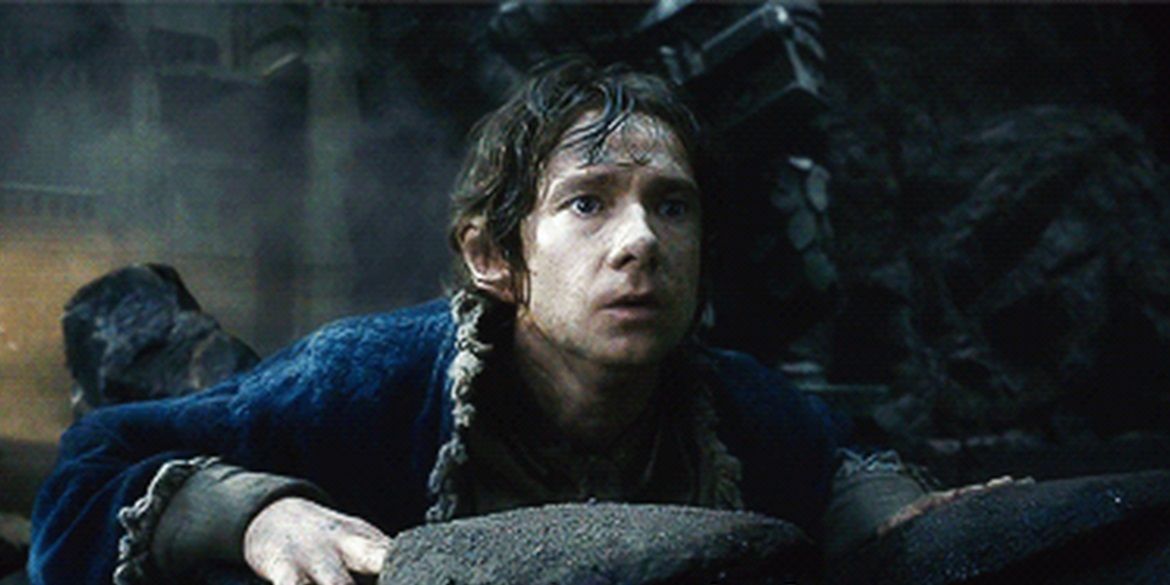
Although The Hobbit trilogy didn’t need to be a trilogy, its middle chapter does end on a tantalizing cliffhanger. After Bilbo and the dwarves try to drown Smaug in molten gold, the dragon emerges from the gold unscathed and heads toward Lake-town.
Bilbo watches on in despair as the dragon flies off to destroy the town and kill a bunch of people and simply says, “What have we done?” before the end credits roll.
3 Wrong: Cringeworthy Humor
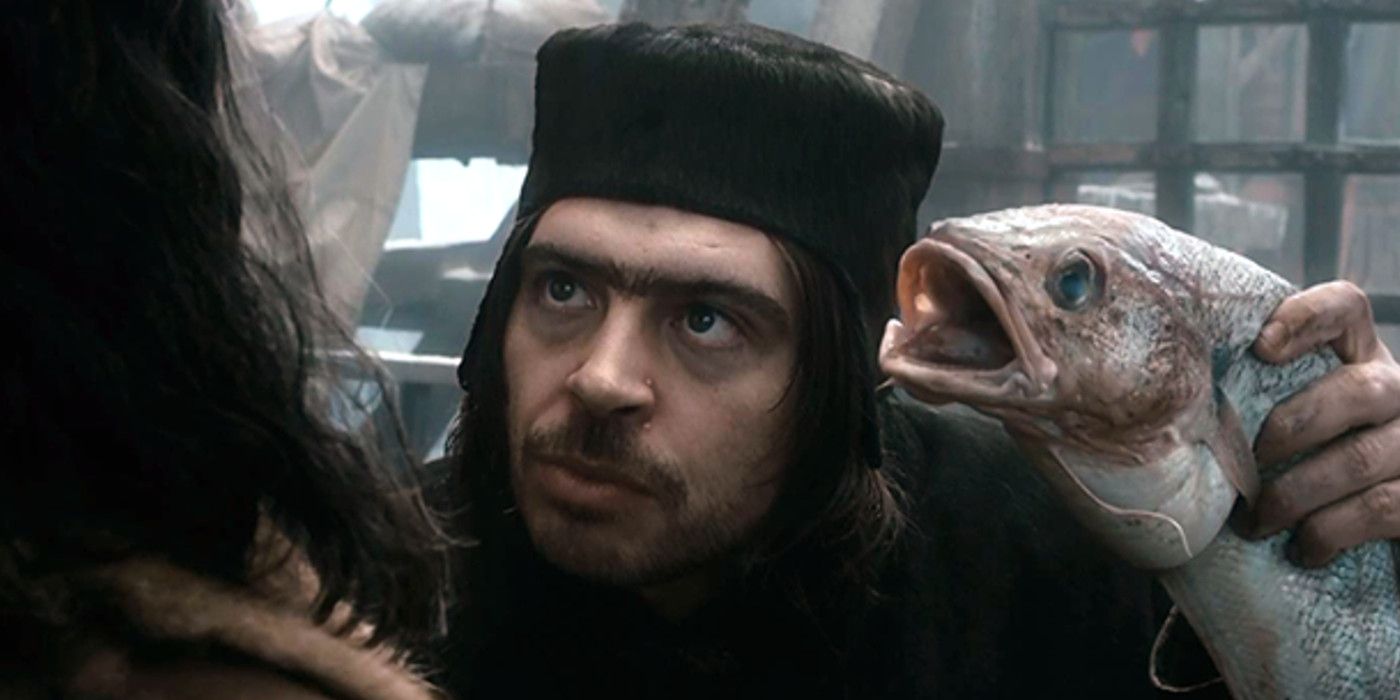
Peter Jackson didn’t put much humor in The Lord of the Rings trilogy, and maybe that was for the best, because the humor in The Hobbit trilogy is just cringeworthy. There’s a painfully unfunny running gag in The Battle of the Five Armies in which the cowardly Alfrid tries to get out of fighting in the titular battle by dressing in women’s clothes.
Stephen Fry is the only genuinely funny part of this trilogy, playing the greedy Master of Lake-town with his signature dry wit.
2 Right: Andy Serkis’ Return To The Role Of Gollum
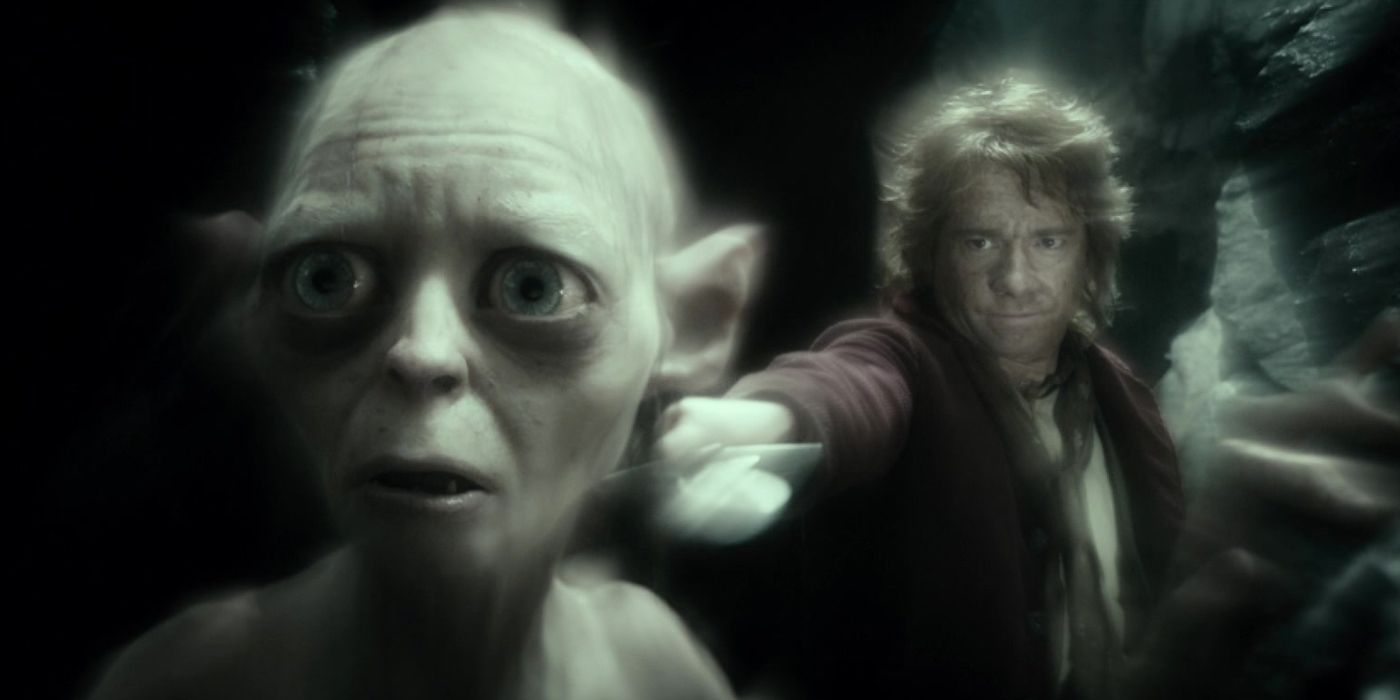
One of the main connections between The Lord of the Rings and The Hobbit is that Bilbo gets the One Ring from Gollum, who will eventually bother Frodo and Sam for it incessantly on their way to Mordor.
Gollum is the role that made Andy Serkis the go-to guy for motion-capture roles and he slipped back into character effortlessly in The Hobbit: An Unexpected Journey.
1 Wrong: Losing Guillermo Del Toro As Director
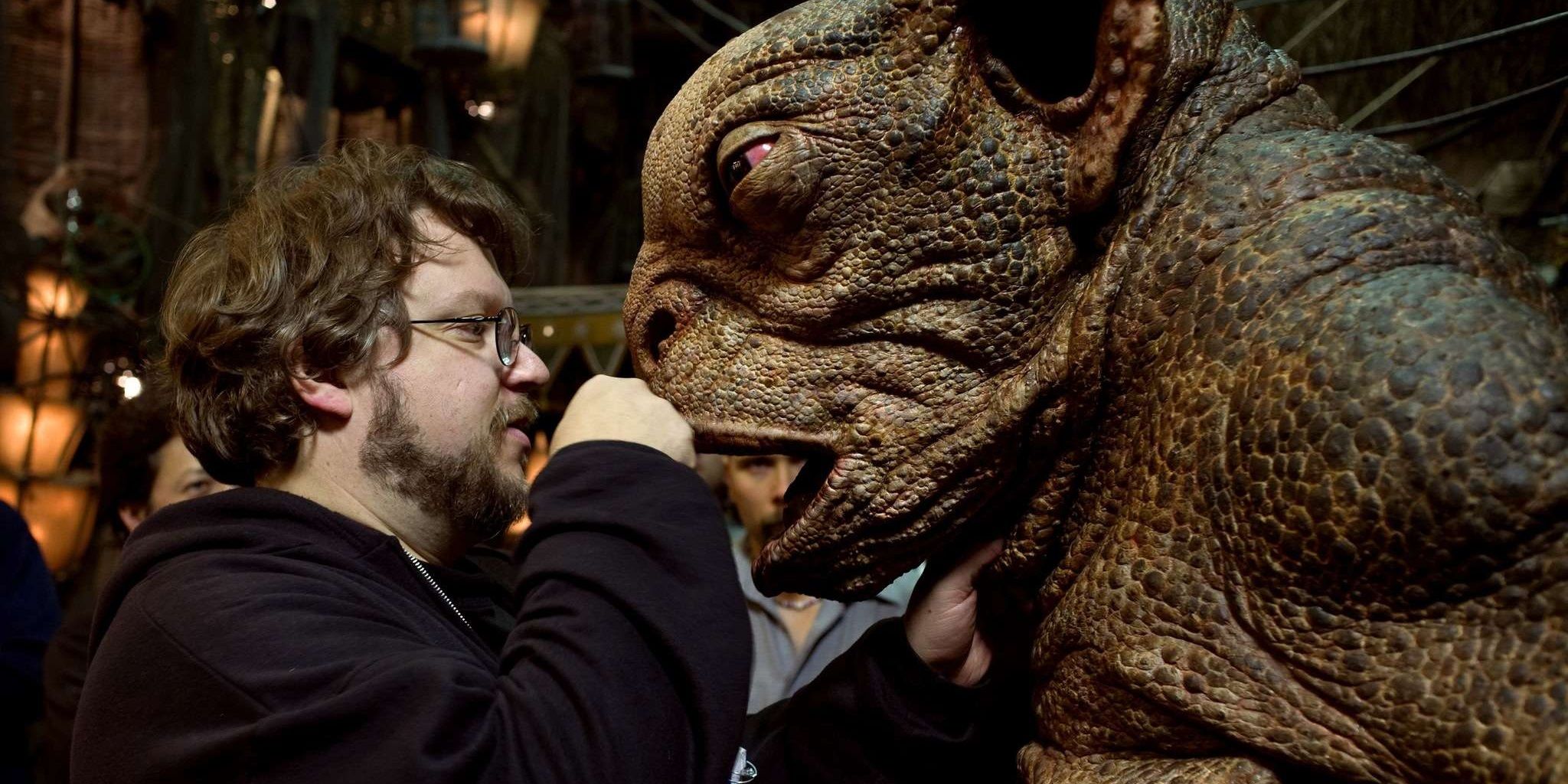
Peter Jackson was reluctant to return to Middle-earth after helming The Lord of the Rings trilogy and Guillermo del Toro was originally set to adapt The Hobbit as a two-parter. However, the studio got cold feet and decided to just hire Jackson to churn out another trilogy they could market as the next Lord of the Rings.
Del Toro’s passion for the project and his unique visual style would’ve served The Hobbit well. Instead of getting generic fantasy blockbusters, in del Toro’s hands, we might’ve gotten something worthy of the Tolkien name.
from ScreenRant - Feed https://ift.tt/37tZFyn

0 Comments